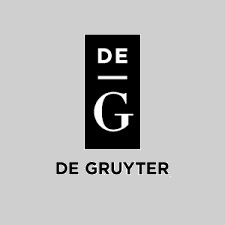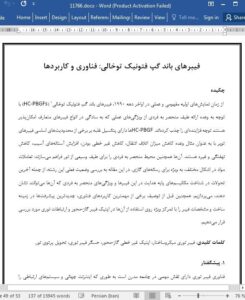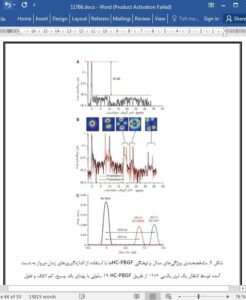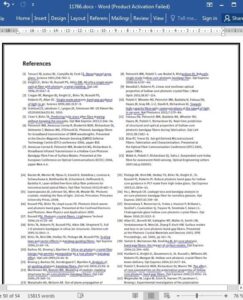Abstract
Since the early conceptual and practical demonstrations in the late 1990s, Hollow-Core Photonic Band Gap Fibres (HC-PBGFs) have attracted huge interest by virtue of their promise to deliver a unique range of optical properties that are simply not possible in conventional fibre types. HC-PBGFs have the potential to overcome some of the fundamental limitations of solid fibres promising, for example, reduced transmission loss, lower nonlinearity, higher damage thresholds and lower latency, amongst others. They also provide a unique medium for a range of light: matter interactions of various forms, particularly for gaseous media. In this paper we review the current status of the field, including the latest developments in the understanding of the basic guidance mechanisms in these fibres and the unique properties they can exhibit. We also review the latest advances in terms of fibre fabrication and characterisation, before describing some of the most important applications of the technology, focusing in particular on their use in gas-based fibre optics and in optical communications.
1 Introduction
Optical fibre technology plays an ever increasing role in modern society, enabling for example the global internet and communication systems that most of the world now takes for granted, and more recently, providing a new generation of high power laser devices that are finding ever more uses across an increasingly broad range of manufacturing, scientific and medical applications. After more than 50 years of continuous development, and the commercial uptake of the technology, it is perhaps surprising that there is much left to discover and improve when it comes to optical fibres. However, to the contrary, many would contend that we are currently in a golden period for optical fibre research, with several new forms of fibre under development and many intriguing device opportunities emerging.
6 Conclusions
In conclusion, we have provided an overview of the current status of the field of HC-PBGFs, describing the latest understanding of the fundamental guidance mechanism and issues limiting the current/ultimate performance of this relatively new class of optical fibres. We have also described the current status of HC-PBGF fabrication, reporting some of the most recent achievements in driving the propagation loss down whilst maximizing the usable bandwidth and ensuring the well-conditioned modal characteristics needed for many of the most interesting and lucrative applications. Finally, we have briefly reviewed some of the most interesting device/systems uses of the technology, discussing in particular progress towards using HC-PBGFs as data transmission media for both long and short haul communications where they offer some unique benefits relative to conventional (solid) fibre technology.











